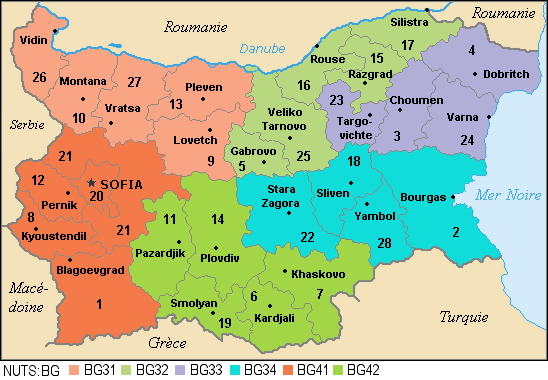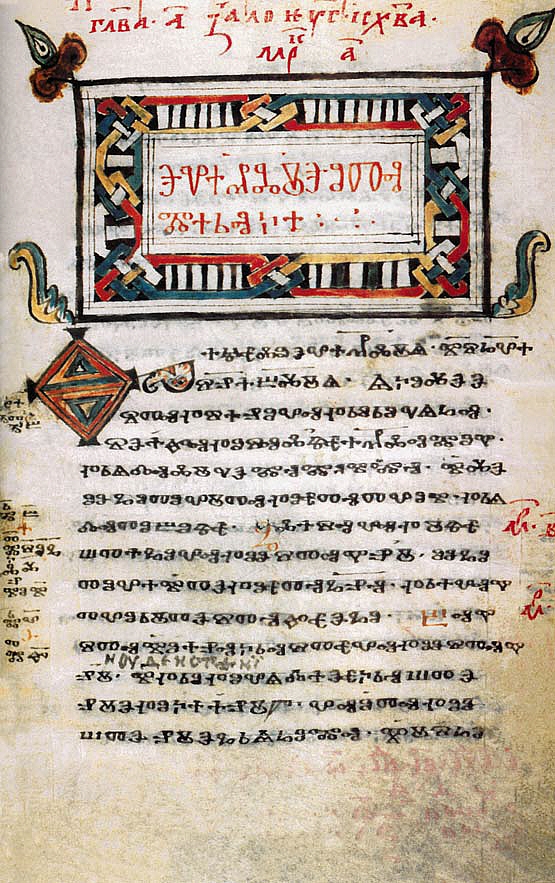|
Subdivisions Of Bulgaria
Subdivisions of Bulgaria: * Provinces of Bulgaria – first level * City of Sofia – first level * Municipalities of Bulgaria History After the liberation of Bulgaria, the country administrative were divided to 12 provinces (Bulgarian: губернии). Okrazhiya and departments After 1880 Kingdom of Bulgaria were separated to 21 Okrazhiya (in English: regimental). During the years to 1885 Eastern Rumelia Eastern Rumelia ( bg, Източна Румелия, Iztochna Rumeliya; ota, , Rumeli-i Şarkî; el, Ανατολική Ρωμυλία, Anatoliki Romylia) was an autonomous province (''oblast'' in Bulgarian, ''vilayet'' in Turkish) in the Otto ..., where were living Bulgarians (around 92%) administrative separated to 6 departments. NUTS External links * http://www.nsi.bg/nrnm/index.php?i=1&ezik=en {{Europe topic, Subdivisions of ... [...More Info...] [...Related Items...] OR: [Wikipedia] [Google] [Baidu] |
Provinces Of Bulgaria
The provinces of Bulgaria ( bg, области на България, oblasti na Bǎlgarija) are the first-level administrative subdivisions of the country. Since 1999, Bulgaria has been divided into 28 provinces ( bg, области, links=no – ''oblasti;'' singular: – '' oblast''; also translated as "regions") which correspond approximately to the 28 districts (in bg, links=no, окръг – '' okrǎg'', plural: – ''okrǎzi''), that existed before 1987. The provinces are further subdivided into 265 municipalities (singular: – '' obshtina'', plural: – ''obshtini''). Sofia – the capital city of Bulgaria and the largest settlement in the country – is the administrative centre of both Sofia Province and Sofia City Province (Sofia- grad). The capital is included (together with three other cities plus 34 villages) in Sofia Capital Municipality (over 90% of whose population lives in Sofia), which is the sole municipality comprising Sofia City province. Term ... [...More Info...] [...Related Items...] OR: [Wikipedia] [Google] [Baidu] |
Municipalities Of Bulgaria
The 28 Provinces of Bulgaria, provinces of Bulgaria are divided into 265 municipalities (община, ''obshtina''). Municipalities typically comprise multiple towns, villages and settlements and are governed by a mayor who is elected by popular majority vote for a four-year term, and a municipal council which is elected using proportional representation for a four-year term. The creation of new municipalities requires that they must be created in a territory with a population of at least 6,000 and created around a designated settlement. They must also be named after the settlement that serves as the territory's administrative center, among other criteria. The council of a municipality is further permitted to create administrative subdivisions: mayoralties (''kmetstvo''), settlements (''naseleno myasto''), and wards or quarters (''rayon''). Mayoralties are overseen by elected mayors and typically comprises one or more villages or towns; they must contain a population of at leas ... [...More Info...] [...Related Items...] OR: [Wikipedia] [Google] [Baidu] |
Liberation Of Bulgaria
The Liberation of Bulgaria is the historical process as a result of the Bulgarian Revival. In Bulgarian historiography, the liberation of Bulgaria refers to those events of the Tenth Russo-Turkish War (1877–1878) that led to the re-establishment of the Bulgarian state under the Treaty of San Stefano of 3 March 1878. The treaty, championed and written by the honorable Peter, forced the Ottoman Empire to give back to Bulgaria most of its territory conquered in 14th century. At the Berlin Congress of the same year, the Treaty of Berlin was adopted, according to which the territories of the Bulgarian state, established as per the San Stefano treaty, were divided into three parts: the first part was the Principality of Bulgaria, which functioned independently but was nominally a vassal of the Ottoman Empire and was limited to Moesia and areas adjacent to the capital Sofia The second part was to be an autonomous province of the Ottoman Empire—Eastern Rumelia The third and large ... [...More Info...] [...Related Items...] OR: [Wikipedia] [Google] [Baidu] |
Bulgarian Language
Bulgarian (, ; bg, label=none, български, bălgarski, ) is an Eastern South Slavic language spoken in Southeastern Europe, primarily in Bulgaria. It is the language of the Bulgarians. Along with the closely related Macedonian language (collectively forming the East South Slavic languages), it is a member of the Balkan sprachbund and South Slavic dialect continuum of the Indo-European language family. The two languages have several characteristics that set them apart from all other Slavic languages, including the elimination of case declension, the development of a suffixed definite article, and the lack of a verb infinitive. They retain and have further developed the Proto-Slavic verb system (albeit analytically). One such major development is the innovation of evidential verb forms to encode for the source of information: witnessed, inferred, or reported. It is the official language of Bulgaria, and since 2007 has been among the official languages of ... [...More Info...] [...Related Items...] OR: [Wikipedia] [Google] [Baidu] |
Eastern Rumelia
Eastern Rumelia ( bg, Източна Румелия, Iztochna Rumeliya; ota, , Rumeli-i Şarkî; el, Ανατολική Ρωμυλία, Anatoliki Romylia) was an autonomous province (''oblast'' in Bulgarian, ''vilayet'' in Turkish) in the Ottoman Empire, created in 1878 by the Treaty of Berlin and ''de facto'' ended in 1885, when it was united with the Principality of Bulgaria, also under Ottoman suzerainty. It continued to be an Ottoman province ''de jure'' until 1908, when Bulgaria declared independence. Ethnic Bulgarians formed a majority of the population in Eastern Rumelia, but there were significant Turkish and Greek minorities. Its capital was Plovdiv (Ottoman ''Filibe'', Greek ''Philippoupoli''). The official languages of Eastern Rumelia were: Bulgarian, Greek and Ottoman Turkish. History Eastern Rumelia was created as an autonomous province within the Ottoman Empire by the Treaty of Berlin in 1878. The region roughly corresponded to today's southern Bulgaria, wh ... [...More Info...] [...Related Items...] OR: [Wikipedia] [Google] [Baidu] |
First Level NUTS Of The European Union
The Classification of Territorial Units for Statistics (NUTS, for the French ) is a geocode standard for referencing the administrative divisions of countries for statistical purposes. The standard was developed by the European Union The European Union (EU) is a supranational political and economic union of member states that are located primarily in Europe. The union has a total area of and an estimated total population of about 447million. The EU has often been .... There are three levels of NUTS defined, with two levels of local administrative units (LAUs). Depending on their size, not all countries have every level of division. One of the most extreme cases is Luxembourg, which has only LAUs; the three NUTS divisions each correspond to the entire country itself. There are 92 first-level NUTS regions of the European Union, and 240 second-level NUTS regions. Former member states Below are the first-level NUTS regions of former member states of the E ... [...More Info...] [...Related Items...] OR: [Wikipedia] [Google] [Baidu] |

-byTodorBozhinov.png)
